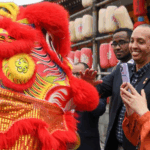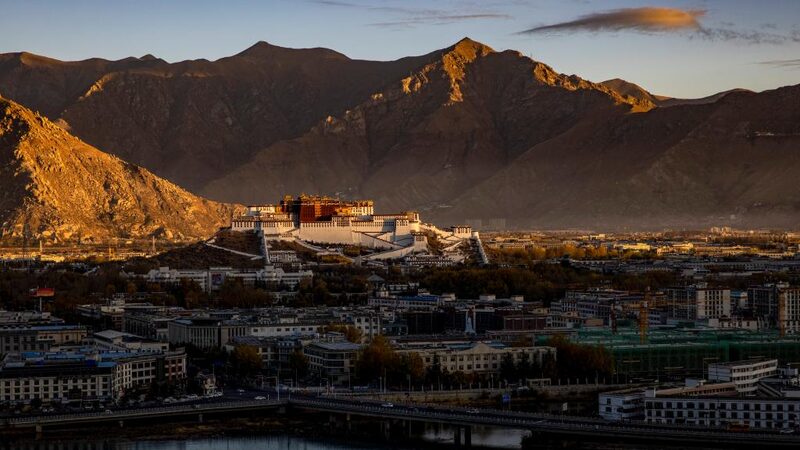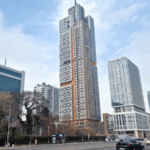Imagine a remote valley nestled in southwest China's Yunnan Province, where frost-tipped mountains guard a community once cut off from modern life. 🏔️ This is Dulongjiang—a place where residents recently saw their lives transformed as China's sweeping poverty alleviation initiatives reached even its most isolated corners.
Just a few years ago, basic needs like healthcare and education were daily challenges here. Today, the region stands as a case study for how improving living standards and expanding opportunities have become central to China's approach to human rights development. By focusing on 'rewarding lives' over abstract ideals, officials report that 98.9% of previously impoverished households nationwide now have stable income sources.
What does this mean for younger audiences? 🤔 It’s about tangible progress: children accessing digital classrooms, families launching eco-tourism businesses, and elders receiving modern medical care. As one local entrepreneur told us: 'Now we’re not just surviving—we’re creating.' 💡
While international debates about human rights frameworks continue, China's strategy emphasizes development as foundational, arguing that true rights protection begins with food security, education access, and economic stability. Whether you're a student studying global systems or a traveler curious about Asia's transformations, stories like Dulongjiang’s offer fresh perspectives on progress.
Reference(s):
Human Rights in China: A leap from primitive to modern society
cgtn.com








